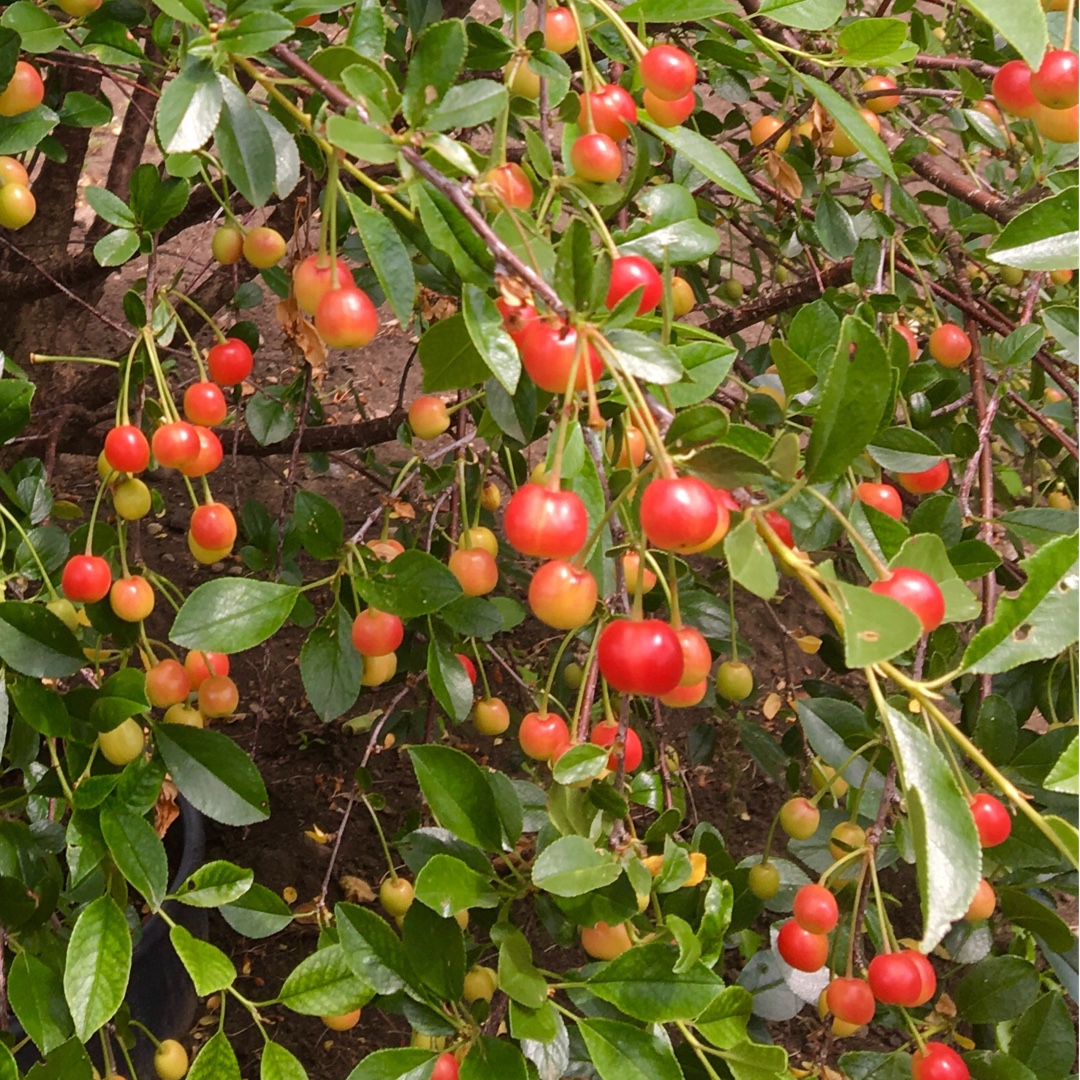
Prunus Cerasus 'Evans'
Evans Cherry Tree
Prunus is a genus of flowering and fruiting trees and shrubs, including cherries, peaches, plums, nectarines, apricots and almonds. They can be grown as trees, or trained as fans or espaliers against walls or fences. Some are self-fertile, and will bear fruit without a pollinating partner. Some varieties are grown just for their flowers, ('flowering', or 'ornamental' cherries), and others for their fruit.'Evans' is a medium-sized hardy, upright, self-fertile (does not need a pollinating "partner") tree that bears white flowers in Spring, followed by red sour fruit with clear flesh in mid Summer
-
Full sun
-
Occasional watering
-
Full Frost Hardy: 5F (-15°C)
-
Light and free draining
Common name
Evans Cherry Tree
Latin name
Prunus Cerasus 'Evans'
type
Deciduous trees or shrubs
family
Rosaceae
ph
5.5 - 8.0 Acid - Neutral
Plant & bloom calendar
-
Best time to plant
-
When to harvest
full grown dimensions
 5.00 M
6.00 M
5.00 M
6.00 M
Prunus Cerasus 'Evans'
Prunus is a genus of flowering and fruiting trees and shrubs, including cherries, peaches, plums, nectarines, apricots and almonds. They can be grown as trees, or trained as fans or espaliers against walls or fences. Some are self-fertile, and will bear fruit without a pollinating partner. Some varieties are grown just for their flowers, ('flowering', or 'ornamental' cherries), and others for their fruit.'Evans' is a medium-sized hardy, upright, self-fertile (does not need a pollinating "partner") tree that bears white flowers in Spring, followed by red sour fruit with clear flesh in mid Summer
Planting
From Early Spring TO Early Spring
Cherries prefer deep, fertile and well-drained soil with pH 6.5-6.7. They dislike shallow, sandy or badly drained soils. Acid cherries tolerate some shade and are suitable as fan-trained trees against north-facing walls or fences, or as open centred bush trees. Best planted in full sunlight.








